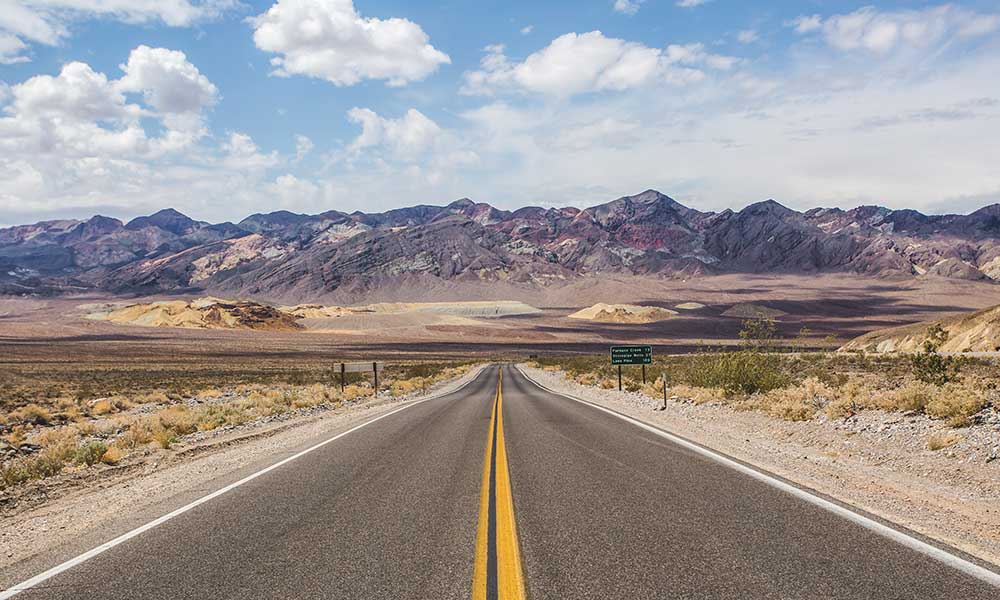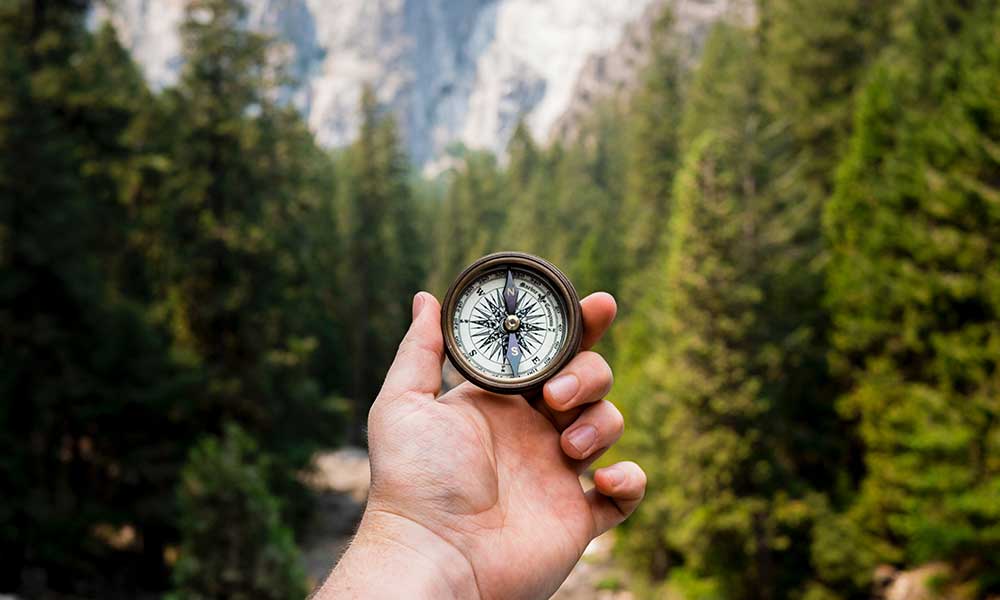Are bears omnivores or carnivores? We often picture them as meat-eaters feeding on a diet of fish, flesh, and the occasional hiker (thankfully not as common as you might think). But their diet is much more varied than you might think.
In this guide, we’ll take a closer look at the black bear and grizzly bear diet, while also covering some other bear species.
Are Bears Omnivores?
Bears are in the family Ursidae and the order Carnivora. The order name comes from the Latin meaning “devour flesh”, and it’s where we get the word “carnivorous”. However, bears are omnivorous, meaning “all-devouring”.
Unlike their carnivoran cousins (dogs, cats, seals) bears diversify their diets by including everything from insect larvae to berries and roots.
Of course, the bear species and its location have a big impact on its diet, as does the season.
What Do Bears Eat in the Spring?
In the spring, American black bears spend a lot of time foraging for plants. They feed on sprouting plants and are adept at determining which foods are safe to eat and which ones could cause them harm.
Grizzly bears eat a lot of young plants during this time, as well. They feed on clover, horsetail, dandelion, pine seeds, and succulent grasses. Grizzly bears also hunt carrion, as well as large animals like elk.
Most of a black bear’s diet consists of plants and fruits and they will continue to feast on these foodstuffs during the summer. The same is true for grizzly bears.
What Do Bears Eat in the Summer?
Black bears will seek to hunt more during the summer months, but they will generally stick to plant-based food sources, including buffalo berries and mushrooms.
In fact, they have been known to consume up to 20,000 buffalo berries in a single sitting.
Brown bears may use the summer months to look for fish.
What Do Bears Eat in the Fall?
Seeds, roots, ants, berries, horsetail, clover, and elk keep bears sustained during the fall. They look for whatever foods they can get their hands on, beefing up their protein and nutrient intake in preparation for the winter.
What Do Bears Eat in the Winter?
Most bears hibernate during the winter. It’s not a strict hibernation and is more of a “winter sleep”. Their temperature or heart rate doesn’t drop much and they can still be stirred. They may even wake to give birth or move around their den. However, they don’t feed during this time and rely on their fat stores to get them through.
In areas where food continues to be available throughout the winter, bears may delay their hibernation or not hibernate at all.
What About Other Species of Bears?
We’ve discussed what brown bears and black bears eat, what about other bear species?
Unless you’re in a zoo or hiking in the extreme north, you’re not going to encounter any of the following bears in the United States, but let’s take a look regardless.
What Do Polar Bears Eat?
Bears eat what they can to survive. Brown bears and black bears have adapted to plant-based food sources because that’s what’s available. Polar bears don’t have the same luxuries, though.
A polar bear’s diet consists mainly of bearded seals, ringed seals, and hooded seals. They also scavenge food from whale carcasses and other animals.
In extreme circumstances, when very little meat is available, a polar bear will resort to eating kelp, seabirds, small mammals, and even garbage. For the most part, though, their diet consists of animal protein.
What Do Giant Pandas Eat?
Giant pandas are mostly vegetarian and feed primarily on bamboo. They also eat a little meat, usually consisting of small rodents.
Pandas, like other bears, have a carnivorous digestive system and so they can process meat. However, they have evolved to subsist on a bamboo-rich diet.
There isn’t a great deal of nutritional value to bamboo, so they typically consume anywhere from 25 to 85 pounds of it every day.
What Do Sloth Bears Eat?
Sloth bears eat insects like termites and ants. Their nostrils can close completely, allowing them to root around with their noses in search of food.
What Do Sun Bears Eat?
Sun bears live in warmer climates, so they don’t hibernate like cold-weather bears and have access to food throughout the year.
A sun bear weighs less than 140 pounds on average and is the smallest of all bear species, but it still has a fierce appetite. It feeds on birds, termites, small rodents, fruits, and honey.
What Do Spectacled Bears Eat?
The spectacled bear or Andean bear is under threat from hunters, many of which kill the bear out of fear that it will harm their livestock. In actual fact, this creature’s diet mostly consists of plants and berries, including grasses, cactus flowers, and bulbs. It also eats rabbits, rodents, and birds.
How Do Bears Digest Plant Matter?
Bears have an elongated digestive tract, and this is why they are more efficient at digesting plant matter than other carnivorans. Most nutrient-uptake takes place in the small intestine, which is considerably larger than the bear’s large intestine.
Do Bears Eat Human Food?
As our towns and cities expand, we are steadily encroaching on bear habitats and disrupting their natural cycles. As a result, it’s becoming more common to see bears in yards, campgrounds, and even kitchens.
Bears will look through the garbage for scraps of meat and plant matter. They will also eat pet food, meat scraps, and even birdseed. It’s not a primary food source, but if they’re hungry, they won’t think twice about venturing onto your property and looking for a bite to eat.
It is illegal to feed bears, as doing so could encourage harmful behavior. It’s also illegal to leave out food that could attract wild animals. Regulations in Alaska state the following:
“A person may not intentionally feed a moose, deer, elk, bear, wolf, coyote, fox, or wolverine, or negligently leave human food, animal food, or garbage in a manner that attracts these animals”.
Summary: The Omnivorous Diets of Grizzly Bears, Black Bears, and More
Grizzly bear and black bear diets are not as meat-rich as you might assume. They eat both meat and plants, including small mammals, birds, fish, elk, berries, roots, tubers, ants, seeds, and a range of other foods. The same is true for other bears (Andean bears, sloth bears, and sun bears) while polar bears rely heavily on meat and panda bears mainly eat bamboo.







